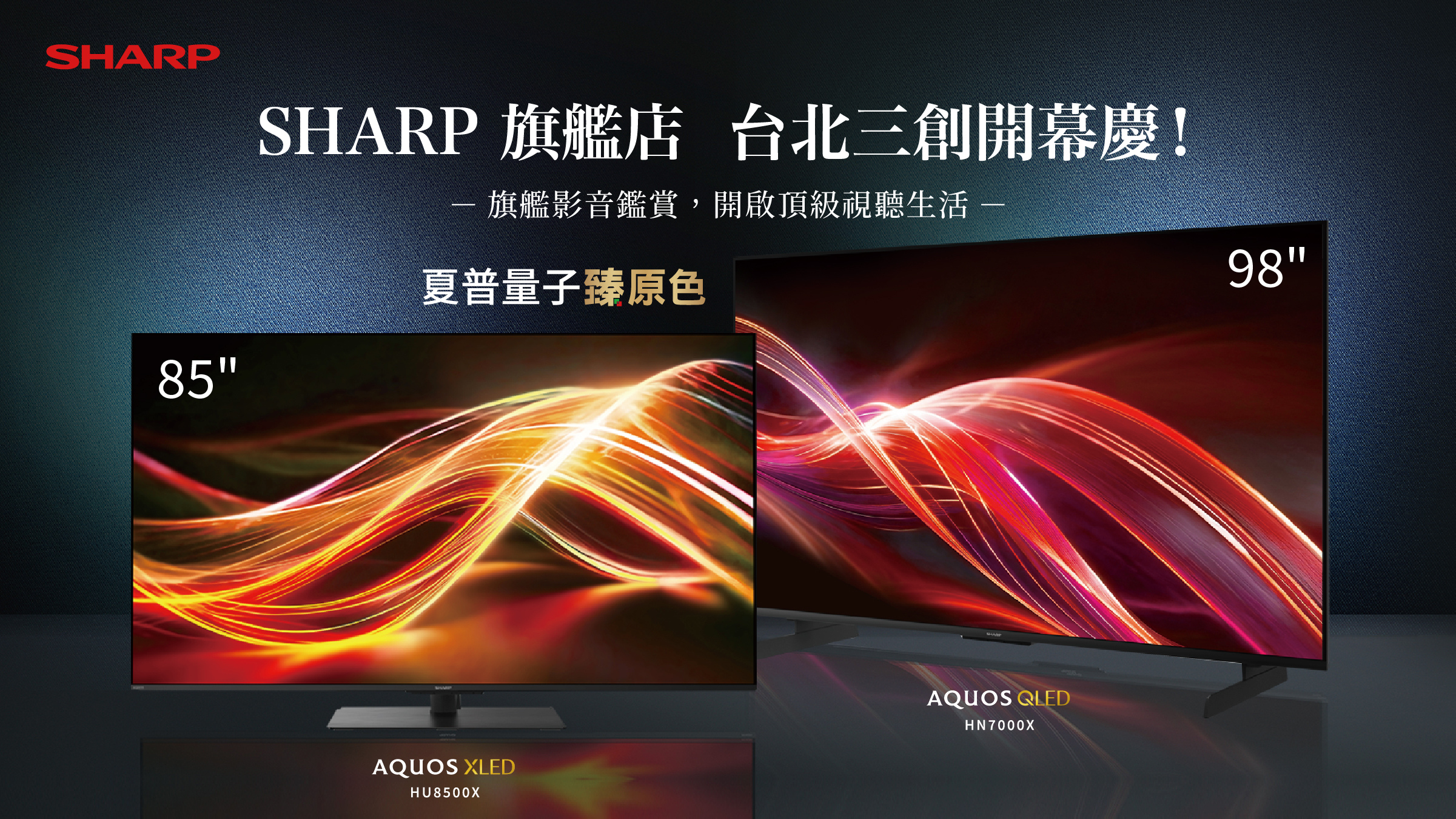Few attractions in the world of leisure evoke as much nostalgia and universal charm as the classic carousel. With its graceful rotation, ornate craftsmanship, and timeless melodies, the amusement park carousel has endured for centuries—defying trends and technological revolutions. Whether situated at the heart of a bustling fairground or the entrance of a modern amusement complex, the carousel continues to captivate children, families, and adults alike.
Universality of Experience
The primary reason for the carousel’s unrelenting popularity lies in its broad demographic appeal. Unlike high-thrill rides that exclude younger children or senior guests, the carousel offers an accessible experience that suits almost every age group. Parents can ride alongside their children, and couples often view the carousel as a photogenic and romantic centerpiece. It is a rare example of theme park equipment that bridges generations without requiring adaptation or modification.
Moreover, its simple operation belies the emotional impact it delivers. The repetitive rotation induces a calming, meditative effect, often accentuated by traditional organ music and detailed visual design. This multisensory harmony creates a memorable ride experience that requires no height restrictions, language proficiency, or previous ride knowledge.
Craftsmanship and Aesthetic Longevity
The amusement park carousel is arguably one of the few rides where design intricacy remains just as vital as mechanical performance. Each unit is often a visual spectacle—featuring meticulously carved horses, mythical creatures, or even double-decker platforms adorned with lights, mirrors, and elaborate roof canopies. This level of ornamentation transforms the carousel from mere ride to centerpiece, offering high aesthetic value that benefits the park’s overall branding and visitor satisfaction.
The horses and figures are more than decorative; they are icons of the ride’s heritage. Some models replicate the look of hand-carved animals from the Gilded Age, while others embrace contemporary or thematic variations to align with a park’s narrative identity. Whether the décor is Victorian, fantasy, steampunk, or culturally localized, the carousel can be customized to blend seamlessly with any amusement setting—enhancing visual storytelling without compromising functionality.
Mechanical Reliability and Operational Efficiency
Carousels are one of the most mechanically dependable ride systems in the amusement industry. With a slow, predictable rotational axis and minimal elevation changes, the underlying mechanics are straightforward and less prone to failure compared to high-speed thrill machines. This reliability reduces downtime and maintenance frequency, ensuring the ride can operate throughout peak hours without interruption.
Operators favor carousels not only for their longevity but also for their efficient throughput. A standard-sized carousel can accommodate a large number of riders per cycle, making it ideal for parks looking to manage queues effectively. Additionally, the relatively low power consumption compared to modern thrill rides gives it an economical edge in long-term park planning.
Emotional Connection and Cultural Legacy
There’s a profound psychological attachment that forms between guests and carousels, rooted in early childhood memories and cultural representation. Many people’s first amusement ride experience involves a carousel—often with a parent guiding them onto a painted horse. This early exposure plants a sentimental connection that carries into adulthood, prompting repeat rides out of nostalgia.
Culturally, the carousel appears in films, literature, and music as a metaphor for innocence, time, and cyclicality. It often symbolizes simpler joys and unhurried moments, contrasting sharply with the frenetic pace of other rides. Because of this, guests are drawn not only by motion but also by meaning. The carousel becomes an emotional anchor in an otherwise adrenaline-driven environment.
Adaptive Variations and Modern Upgrades
Despite its antique origins, the amusement park carousel has not stagnated in innovation. Modern versions integrate cutting-edge features such as LED lighting, digital sound systems, and programmable rotation speeds. Touchless entry, enhanced safety harnesses, and ADA-compliant seating ensure the ride remains inclusive and future-proof.
Furthermore, customization has enabled parks to tailor carousels to unique themes—such as marine life, space exploration, or regional folklore—helping differentiate their offerings from competitors. Some even include augmented reality elements or interactive storytelling to blend physical motion with digital engagement. These modern enhancements preserve the core experience while adding novel layers that intrigue tech-savvy guests.

Visual Anchor and Footfall Magnet
Strategically, carousel rides are often placed near the park entrance or central plaza, serving as both a visual landmark and an engagement magnet. Their kinetic motion and decorative lighting are visible from afar, drawing visitors toward them instinctively. The auditory presence—soft melodies and cheerful bell chimes—amplifies this pull.
Carousels also function as photogenic spaces. In the age of social media, ride aesthetics contribute to park visibility. Guests frequently post carousel photos, effectively marketing the park organically. This added value makes the carousel a dual-purpose asset—offering both ride utility and content-generation potential.
Low-Risk Entry Point for New Visitors
For guests unfamiliar with rides or nervous about intense motion, the carousel provides a gentle introduction to park attractions. It builds confidence and fosters enjoyment without overwhelming the senses. This role as a low-risk, high-reward attraction is crucial for cultivating loyal visitors who might gradually explore other rides after a positive carousel experience.
Parks also use carousels during events and seasonal celebrations by altering decorations or synchronizing the ride with themed music. This versatility adds seasonal value, allowing the same attraction to remain relevant year-round with minimal modifications.
Conclusion
The carousel remains a staple in the landscape of amusement design because it fuses visual elegance with mechanical simplicity, emotional warmth with broad accessibility. Its timeless appeal lies not only in nostalgia but in its versatility, dependability, and ability to resonate across cultures and generations. Among the ever-evolving inventory of theme park equipment, the amusement park carousel stands out as a quintessential blend of art, engineering, and emotion—proving that even in an age of virtual reality and extreme thrills, the simple pleasure of going in circles has never gone out of style




 留言列表
留言列表


